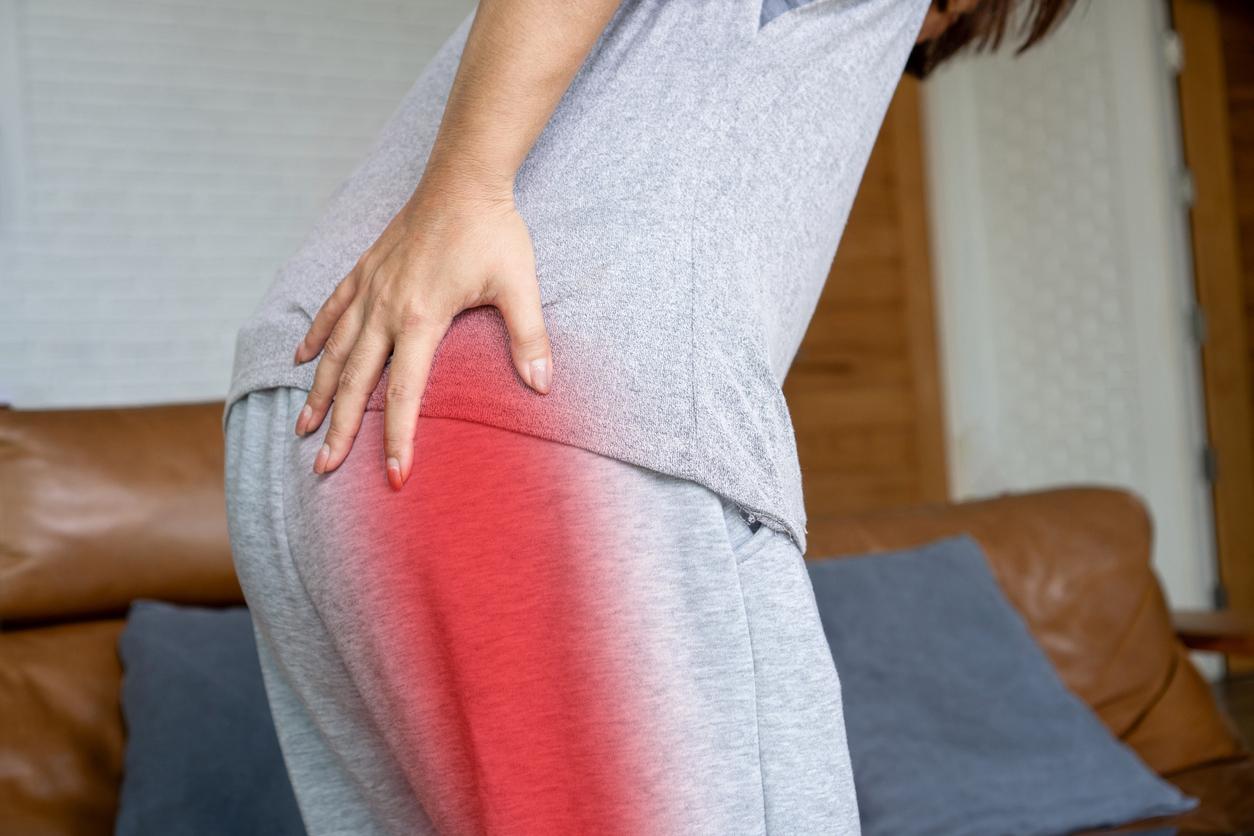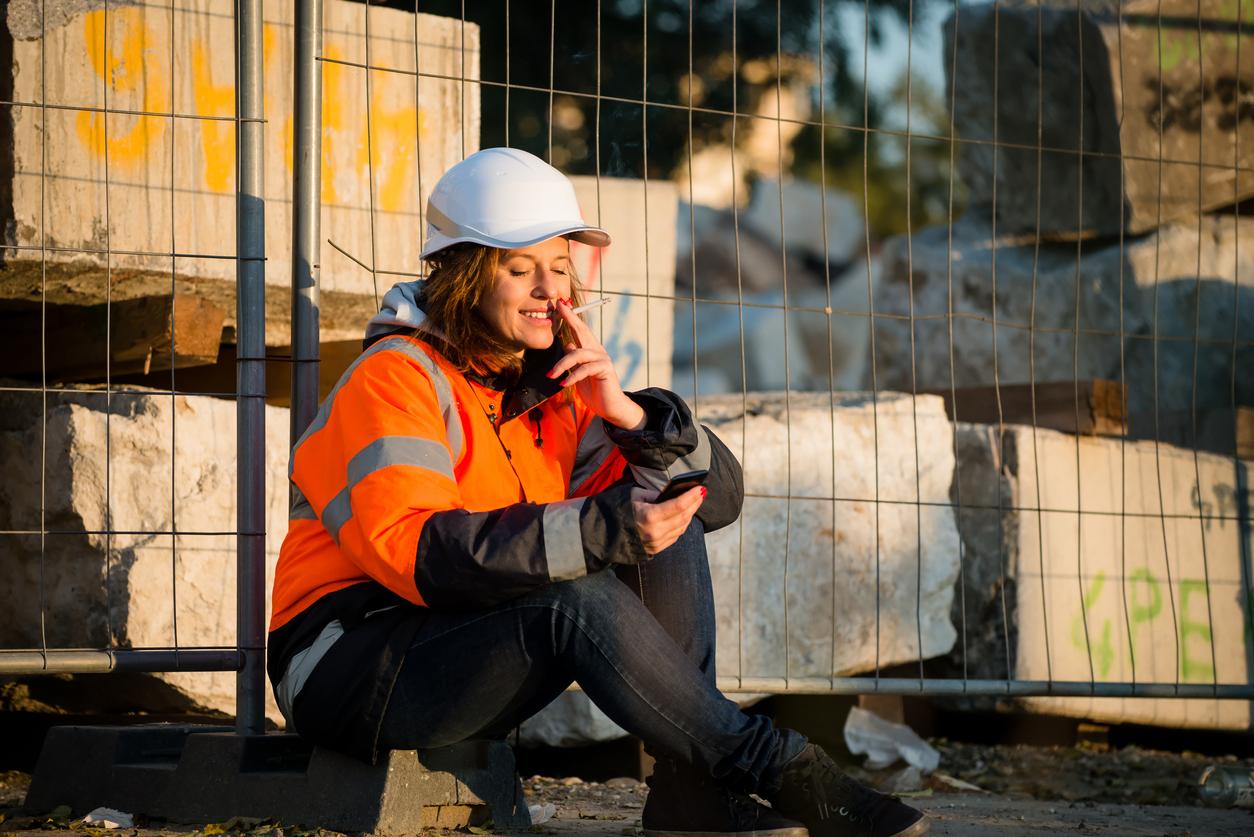In France, musculoskeletal disorders (TMS) constitute the first cause of work linked to work. Guillaume Duvauchelle, a state -certified sports coach, explains how these locomotor system problems arise which must be taken seriously.

Why doctor: secretary, truck driver, maintenance agent, etc. Musculoskeletal disorders (MSDs) are today one of the most concern about health at work, according to the Ministry of Health. But what is it?
Guillaume Duvauchelle: This long, complicated term that can be scary, brings together affections that will affect the joints, muscles, tendons, ligaments, nerves and body support structures. There are two levels of musculoskeletal disorders. The first corresponds to a tension that occurs and disappears immediately. For example, a person remains in a sitting position for long hours, which leads to back pain, but after walking, they no longer suffer. In the second case, the tension takes more time to leave, so the patient will think more and more, be embarrassed and even wake up at night.
Thus, at the start, the person may not realize this tension, trivialize them and not take it seriously. Problem: the muscle has a memory. If the cause of the tension is not removed, the pain will therefore occur in a recurring way and become more and more painful. Any tension, even small, should therefore not be overlooked, because it can worsen.
What are the most affected parts of the body?
Whether for office employees, caregivers or workers with heavy loads, the lower back is, in general, the most affected area. Cervicals and shoulders are also often affected. People sitting almost all day behind a screen are more likely to present carpal tunnel syndrome on the wrist. For lower limbs, such as knees, the risks are lower.
Weight gain, stress, inactivity: the occurrence of MSDs “favored by the epidemic of COVVI-19”
How are musculoskeletal disorders manifest?
These conditions are translated into functional pains and discomforts that can limit movements and physical capacities. More specifically, the adults concerned suffer from a feeling of stiffness, inflammation, swelling, a loss of strength, flexibility and sensitivity. These symptoms can be acute and present themselves all day.
According to health insurance, these conditions have increased by 60 % since 2003. Have you noticed this increase in cases in recent years?
We can well observe this increase in the problems of the locomotor system, the occurrence of which was favored by the epidemic of COVID-19 with weight gain, stress or even inactive. During my interventions in companies, I note that 50 % of employees, often sedentary, know this term, but the latter only realize after my explanations that they suffer from it. Employees were not aware of it before, because on official sites, images often show workers in factories or workers who carry heavy charges and not people working in offices.
“No one is spared by musculoskeletal disorders”
Which people are most at risk of developing musculoskeletal disorders?
No one is spared by musculoskeletal disorders. When you move, the body creates tensions. They are not necessarily bad, it is the repetition of movements that poses a problem. For example, if you tend to advance on the right side, it should also be done on the other side to find a balance. As for posture, it really does not take into account, because contrary to what can often be heard, there are no “bad postures”. Everyone has their morphology, we are not all done the same and capable of standing in a certain way. For example, a patient with scoliosis cannot remain straight, he stands in his own way, so it is the right posture for him.
What are the causes?
Musculoskeletal disorders may appear due to professional situations, causing stress that affects the body. To this, we add repetitive movements, sitting seated several hours during the day, wearing heavy loads, vibrations and mechanical shocks, cold, noise or bad lighting. However, these conditions also result from daily situations outside of work, for example, keeping the broom or kneel when cleaning. Some people also tend to raise their shoulders without realizing or carrying their baby only on the right side. All this creates tensions.
“The more we get older, the more we are faced with musculoskeletal disorders, we must therefore act as soon as possible”
What to do to reduce symptoms?
We have known it for a long time: furniture and work equipment can have an impact on symptoms linked to musculoskeletal disorders. And for good reason, a law was promulgated in 1991 on the subject. In order to avoid suffering from problems with the locomotor system, it is necessary, in the office, to sit on a chair that respects the curvatures of the spine. We forget the right and wooden that creates tensions. Another tip: to use a Swiss Ball that helps have active back muscles. It is also possible to place a cushion at the lumbar curvature and even cervical. To lift the feet, a pitch as can be used. Some companies also opt for standing offices, it’s a good idea! But beware, things should not be simplified too much, because it can also generate tensions. For example, when you are on a chair with several cushions, you will tend to move too long for a long time and every day. Since the cushions keep their back too much, the deep muscles are no longer doing their job.
In daily life, everyone should adopt physical or sporting activity, set up a muscle awakening, warm up and stretching regularly. As a reminder, it is possible to be active and sedentary at the same time. Move and exercise will compensate for a sedentary lifestyle. However, this will not help prevent the first tensions, but will make them disappear faster. If you can’t play sports, you have to try to mobilize your body and get in motion behind your desk.
How to combat sedentary lifestyle?
It is recommended to people with a sedentary lifestyle to move, regularly change a posture, have and use suitable work equipment, make minimum 10,000 steps per day, practice daily physical and sports activity, make small stretches Course of the day, have a good quality sleep as well as eating healthy and balanced. The older we get, the more we are confronted with musculoskeletal disorders, we must therefore act and adopt these gestures as soon as possible.
















